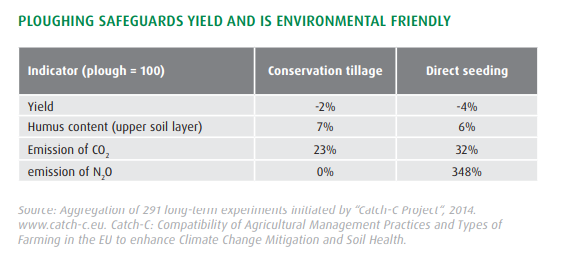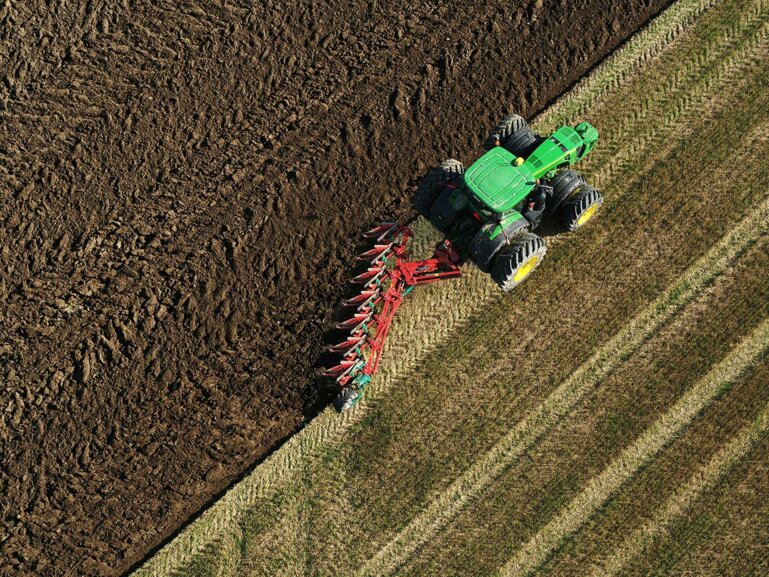Land use and soil management impact CO2 emissions and hence the global warming phenomenon. The humus content in soils plays an important role in storing Carbon. Ploughing as a crop establishment technic helps create humus and hence reduces CO2 emissions and N20 emissions, 300 times more prejudicial than CO2.
Unlike all other economic sectors, agriculture and forestry can store carbon and thus act as a natural greenhouse gas sink.
Soil management contributes to climate protection
Soils can store carbon and thus serve as a carbon sink. Likewise, soil carbon can be released by means of CO2 emissions and nitrogen by means of nitrous oxide (N20) which increase the greenhouse gas emissions.
This is why it is important to be concerned by land usage and soil management as much as by their changes, in order to control somehow the global warming potential.
The following chapters define CO2, N20 and humus, explain their interactions, and reveal the results of scientific studies comparing crop establishment technics in regards to low CO2 - N20 emissions.
CO2 and plant growth
Carbon starts in the air as the C in CO2. Through photosynthesis, plants take the carbon from CO2, combine it with hydrogen from water in the soil (H20) and, using energy from the sun, make sugar (CH20). Finally, a plant’s metabolism takes that sugar and makes complex molecules recognized as a plant, later referred as “organic material”.
Unequalled CO2 soil storage capacity
Soils used for agriculture are by far the largest terrestrial storage of organic carbon. Saying that, the storage capacity varies a lot region to region depending on the soil types. Peatland soils, for example, can store far more organic carbon than mineral soils.
Humus: a key factor to soil fertility
Humus is found in the top soil layer. The commonly agreed ideal healthy soil composition is as described below:
Humus consists of plant residues (organic material) transformed by soil animals and micro organisms into organic matter. It provides nutrients for plants, absorbs water like a sponge and holds the soil together.
Humus has a positive effect on yield potential and yield security of soils. High humus content can increase water storage capacity and thus water availability. In addition, the humus rich soils warm up quickly in spring due to their dark color, which promotes plant growth.
Humus – CO2 and climate protection
Representing almost 60% of the humus, carbon is the most important element of soil organic matter.
The proportion of humus content in the soil results from a complex interplay between:
- the amount and composition of the entry of organic materials into the soil.
- the conversion, decomposition and stabilisation of organic materials in the soil.
© Agroscope (Gabriela Brändle, Urs Zihlmann), LANAT (Andreas Chervet)
Humus bears a high responsibility on the climate: if the supply of organic carbon in the soil decreases, carbon dioxide (CO2) is released. If the supply increases, CO2 is fixed by being sequestrated in the soil. Long term stable humus (Kg/Ha) is particularly important for climate protection.
Humus and Ploughing
The soil humus content needs to be preserved. When evaluating the impact on the humus content of different crop establishment systems, the results are clear: non tillage and reduced tillage technics do not have any positive effect on humus establishment.
In more than 100 field studies conducted in Germany, analysing the entire soil profile, the Thünen Institute concluded: crop establishment systems without tillage result in a far lower storage of carbon per ha and year. In many studies, there was even a loss of humus.
Source: Thünen Report Nr. 64, November 2018, page 194ff
An explanation is given by Dr. Axel Don, Thünen Institute: “Humus derives from root and crop residues as well as from organic fertilisers such as manure and slurry. It enters the soil mainly from top. Without the reversal tillage with a plough, the newly formed humus remains close to the surface and is not mixed into the topsoil evenly. And there is an additional negative effect: without loosening the soil, there is a likelihood for increased microbial nitrate decomposition and higher nitrous oxide emissions (N20) . This gas is 300 times more harmful to the climate than CO2.”
Similar results and conclusions are also showed in a pan European study called “Catch C Project”
Why ploughing with Kverneland ?
Ploughing is referred scientifically as an efficient crop establishment technic which helps create humus, sequestrate CO2 and prevent N20 harmful gas release to the atmosphere. Ploughing must be accomplished in the best manner. Kverneland bodies make it happen. They are designed to suit any soil conditions and reknowned worlwide for their high performance. Ploughing with Kverneland is a step towards high yields and revenues: efficient non chemical method for seedbed preparation, it controls weeds, slugs and pest. It repairs damaged fields and creates the optimal conditions for plant growth: ideal balance of air-water-minerals content and humus.

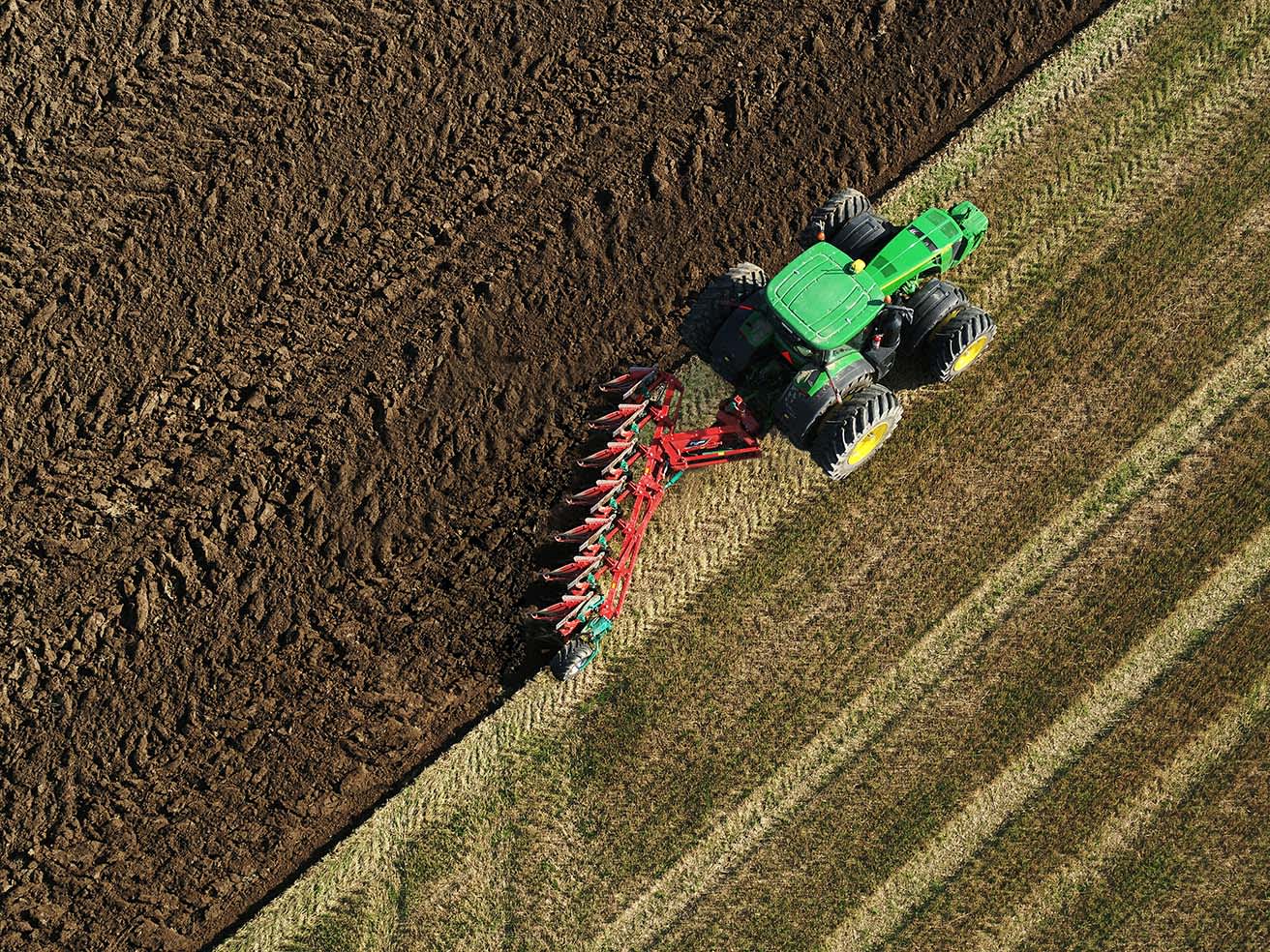
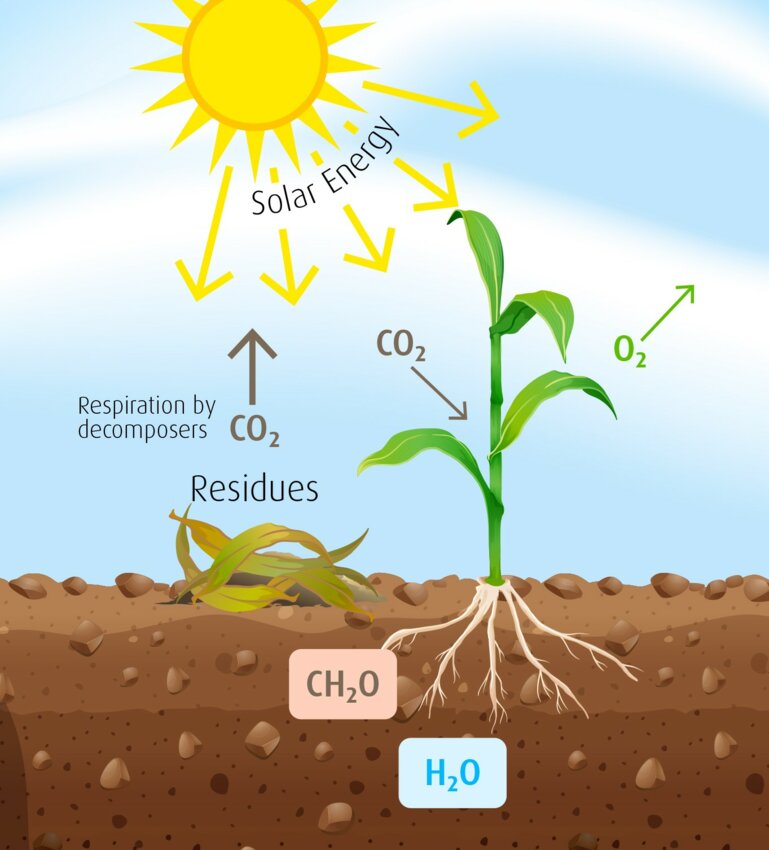


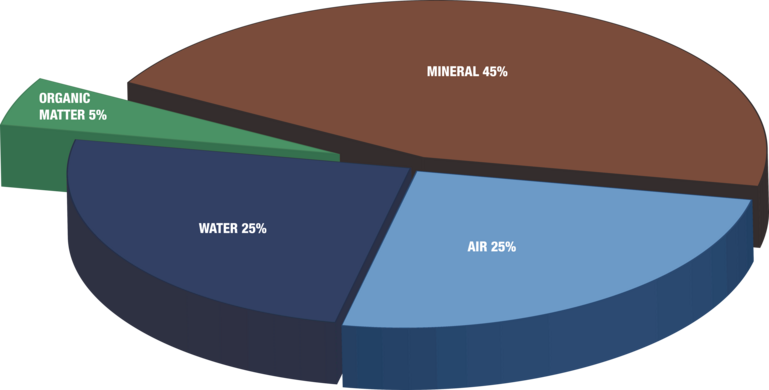
![2021-11-19 17_34_26-Extract from WIP Humus - Carbon - CO2 [Read-Only] - PowerPoint](/var/kv/storage/images/media/images/2021-11-19-17_34_26-extract-from-wip-humus-carbon-co2-read-only-powerpoint/4335654-1-eng-GB/2021-11-19-17_34_26-Extract-from-WIP-Humus-Carbon-CO2-Read-Only-PowerPoint_i770.png)
